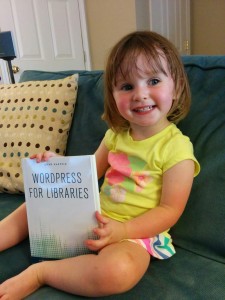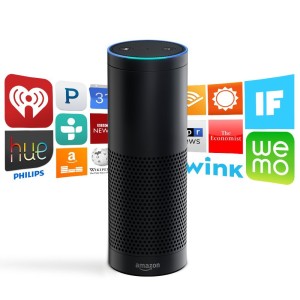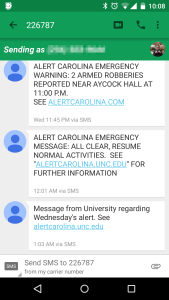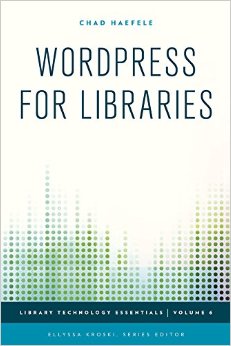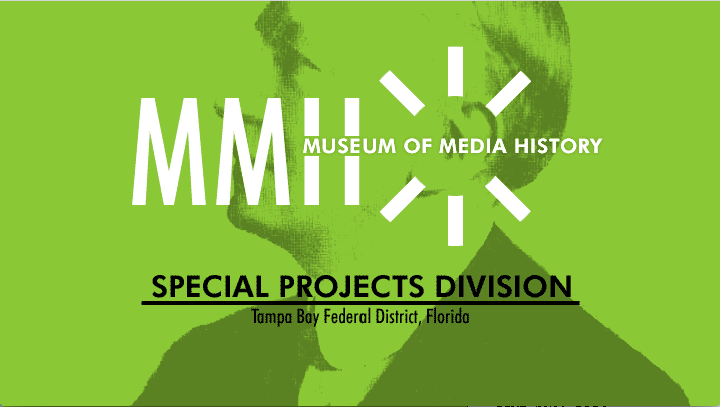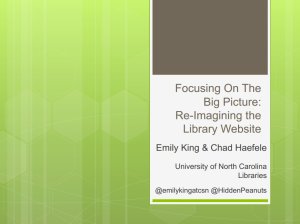 I’m excited to announce two free webinars I’m doing this spring with ASERL – one in March, and one in April. Registration (again: free!) is open for both. Recordings will be available afterward. (And I know March 11th isn’t technically Spring, but I like to pretend it is.)
I’m excited to announce two free webinars I’m doing this spring with ASERL – one in March, and one in April. Registration (again: free!) is open for both. Recordings will be available afterward. (And I know March 11th isn’t technically Spring, but I like to pretend it is.)
Assess Your Website Cheaply or Free
Friday 3/11, 2PM EST
Register
You don’t have to break the bank to test your website! This webinar will introduce you to tools that you can use for free to remotely get in the heads of your users.
You’ll learn about common remote usability testing techniques like:
- Card sorting
- First click testing
- A/B testing
Services like Optimal Workshop and others make it possible to use all these techniques at low or no cost. And you can do it all remotely without even placing a burden on your staff. In this webinar you’ll get an introduction to these tools and hear about how they’ve been used to improve the UNC Libraries website.
Building an Academic Library Website in WordPress
Monday 4/11, 2pm EST
Register
WordPress isn’t just the most popular blogging software in the world, but also a powerful content management system that runs more than 23 percent of all websites. The current version alone has been downloaded more than 30 million times, and the WordPress community has built more than 43,000 plugins to extend and enhance the system. Academic Libraries are using WordPress to create community-oriented websites, blogs, subject guides, digital archives, and more.
This practical session will walk you through the entire process of creating a basic WordPress website for your library, including:
- Setting up a simple WordPress website from scratch
- Selecting a theme and customizing the look of your site
- Using plugins to enhance and improve your WordPress site
- Maintaining and updating your WordPress website for the long haul
You’ll also learn about how UNC Libraries migrated their website to WordPress, including challenges encountered and tips learned along the way.

![logo_500x500[1]](http://www.hiddenpeanuts.com/wp-content/uploads/2015/09/logo_500x5001-150x150.png) Tomorrow afternoon
Tomorrow afternoon 
